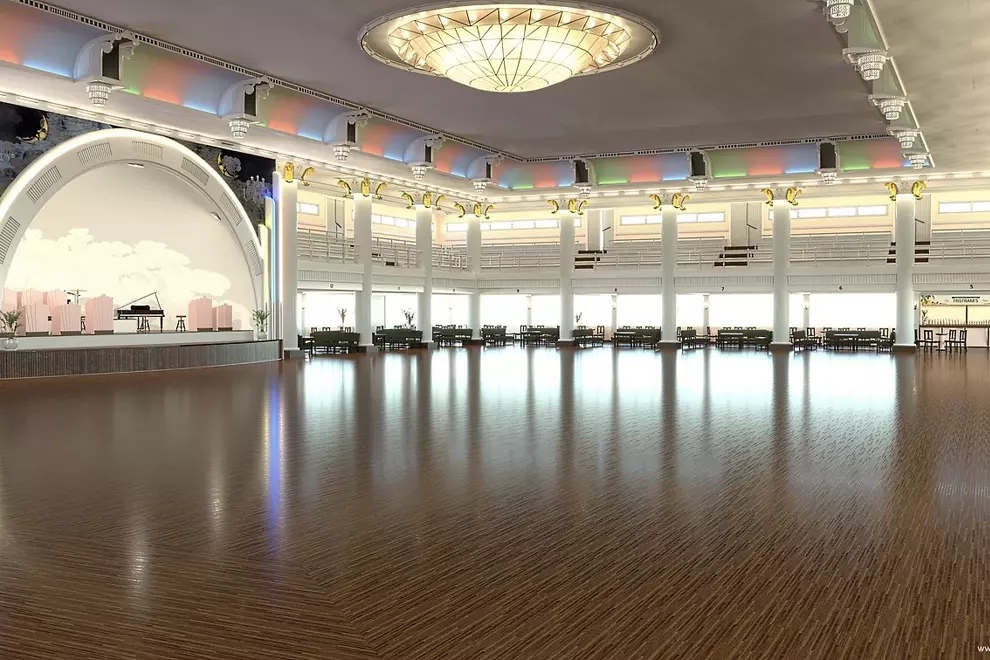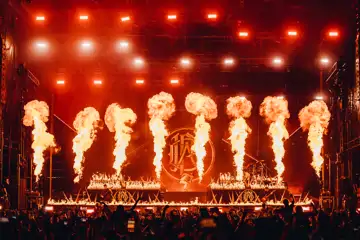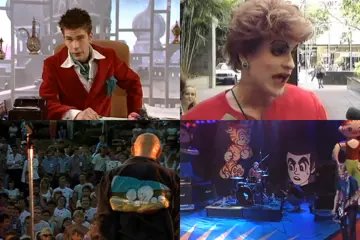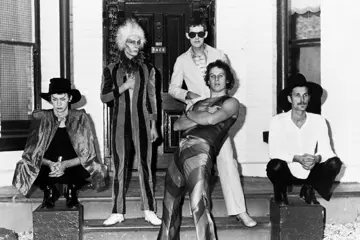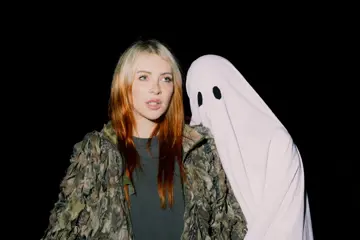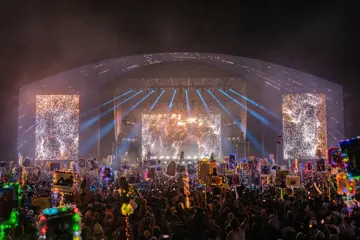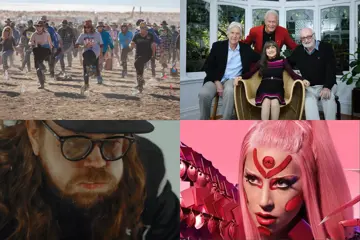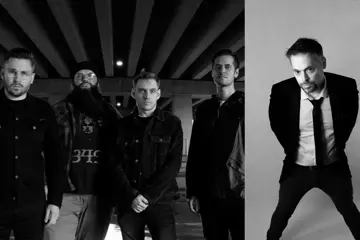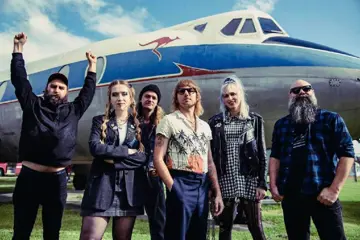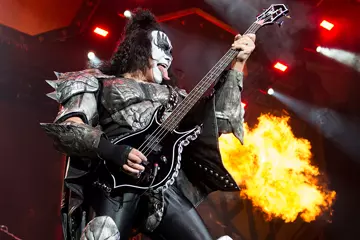November 7, 2022, marks the fortieth anniversary of one of Brisbane's most significant cultural losses and acts of public vandalism, the demolition of Cloudland in 1982. A cultural institution for an entire generation of Brisbane young people, Cloudland continues to stir feelings of love, nostalgia and loss when its name arises to this day. So powerful were the intergenerational stories that it was reborn in 2009 as a Fortitude Valley nightclub, taking none of the spirit but creating the opportunity for the venue name to live on (in a place other than the apartments built on the scene of the crime).

Beloved by Brisbane, the venue's closure and earmarking as an apartment site was vehemently opposed when the building was demolished overnight, despite its National Trust listing and no permit. The then-Bjelke Petersen, with its renowned disdain for culture, all but waved the demolition through and whatever the bureaucratic circumstance, the "dead of night" destruction became a symbol of 1980s Queensland. The demolition was listed as #11 on the Q150 list of significant Queensland events, outranking railways and free education coming to Queensland and slotting in just behind the discovery of gold and the Fitzgerald Inquiry. To this day, Brisbanites (of a certain age) will delight in telling you their Cloudland stories. The scene of the crime for many relationships, weddings and after-show conceptions, the love and passion for the venue has made it as iconic to Brisbane culture as the giant Commonwealth Games Matilda, the Tops Dragon or Agro (please don't email, we know you love Cloudland more than all of those things).
The Bowen Hills venue was opened in 1940 as part of what was to be Brisbane's, Luna Park. The brainchild of T.S. Eslick, the venue was created to be the "best ballroom in the Southern Hemisphere". The venue used Queensland timbers, and the sprung dancefloor was modelled on the La Monica ballroom in Santa Monica. Originally a railway ran from the tram stop at the bottom of the hill to the venue at the top. Billy Romaine and his Luna Park Orchestra provided the tunes, and the dance venue was born.

Soon after opening, Luna Park became a casualty of the war, with the venue used by the US military. As a gift to the country, the US rebuilt the floor when they exited and re-opened it in 1947 as the Cloudland Ballroom. The venue became an essential place for touring artists and regular 'dances' with music provided by Brisbane musicians. Ivan Dayman leased the venue in 1963, with the venue becoming even more successful with a formula of great bands formed for the venue, commissioning arrangements of pop hits of the day to fit popular dance crazes. Bands like The Billo Smith Orchestra, The Cloudland Big Band, The Rick Farbach Sextet, The Hi-Marks and The Sounds of Seven set the scene for professional musicians in Brisbane to work for decades.
Don't miss a beat with our FREE daily newsletter
The venue was also an important place for private functions, uni graduations and, in its later years, even Sunday markets, broadening the significant life events the venue hosted. But for music, it was a fantastic rock venue, particularly in its later years. The demolition was immortalised in Midnight Oil's Dreamworld, which spat bile at developer greed after the band performed there many times during their career.
The venue also played host to Buddy Holly on his only Australian tour in 1958 and, in its later years, hosted seminal acts like The Cure, XTC, Cold Chisel, The Saints and many of the biggest acts of the 70s and early 80s. Even Queen Elizabeth visited in March 1979, although there are no records of her putting the sprung floor through its paces.
In 1987, the Brisbane act The Lemon Fabs also immortalised the venue in their song All We Leave Are The Memories, a reference to the famous slogan of the demolition company The Deen Brothers, also behind the demolition of the architecturally significant Belle Vue Hotel in 1979.
The venue has lovingly been digitally re-created by Brisbane management consultant Magnus Eriksson, using photographs from the National Archives to recreate what the venue was like in the 1950s (and heartbreakingly, what a restoration might have created, had architectural respect been higher in 1982 Queensland). His site House Histories takes you through a tour of Cloudland and is a crucial resource for those wanting to re-live their youth, check out where their parents met, or simply lament the Brisbane history that has been lost.

Now let me tell you the story about Rock n Roll George... ah no, that's a story for another day....

